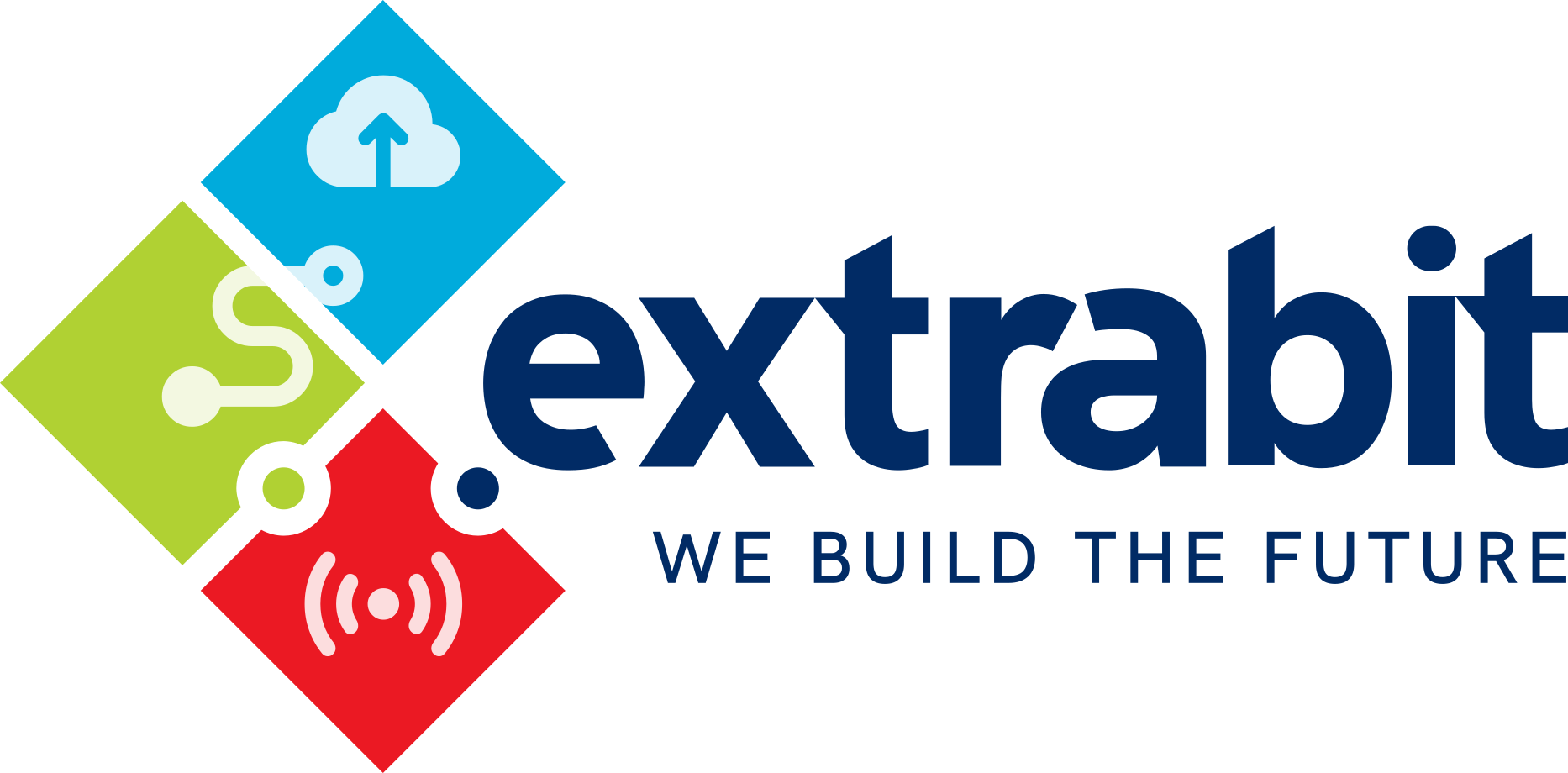As part of Extrabit’s NSRF Research-Create-Innovate 2nd cycle program and an existing contract with Olympia Odos SA, Extrabit developed a complete smart highway lighting system for the road section from Eleysina to Patras. Key components of the system include:
- The machine learning algorithm that accurately predicts the number of vehicles in predefined future intervals
- The communication protocols for interfacing with approx. 8000 LED dimmable luminaires
- The visualization and control of the complete system on a modern, web-based platform
The system acquires data from all inductive loop detectors located in the highway’s interchanges. The acquisition is done by receiving CSV formatted files in 6-minute intervals over the sFTP protocol. These data are then parsed and inserted into a time series database. The ML algorithm reads the data from the database and based on previously acquired data and training results, can predict the traffic volume for the next fifteen minutes to four hours. The prediction is performed on a per interchange basis (also known as a station or group) and direction (i.e. to Patras (T) or to Eleysina (E)). The results are once again stored in a time series database. For the specific project, and for testing purposes, a Grafana dashboard application is also available for comparing the real-time to the predicted data.

Olympia Odos SA requires the lighting of road sections that span multiple interchanges to be as uniform as possible for better overall light coverage. Additionally, road sections between interchanges must also be dimmed accordingly based on the prediction results. To accomplish this, Extrabit in cooperation with Olympia Odos, divided the highway in sections based on the toll booth locations and traffic direction. Since during night, the toll booths are always lit and the drivers must reduce speed or stop when passing the tolls, the change in light intensity will not be visible to the drivers. As a result, 8 sections where created, 4 for each direction.

To control the light intensity in each section, the worst prediction of each group in the section is used. Based on the existing photometric study of the highway, the predicted number of vehicles is interpolated to a predefined dimming percent for all luminaires in the section. Currently, and specific to the needs of Olympia Odos, three dimming levels are used, one for low, one for medium and one for high intensity. To avoid constant changes in light intensity, the system uses configured intervals for changing in dimming. Specifically, it will proactively increase the dimming if the worst prediction in the section indicates an increase in traffic load in the next 15 and 30 minutes and will reactively decrease the dimming if the traffic decline matches the prediction of the previous 15 minutes. Finally, data from the prediction algorithm are transmitted over MQTT on the main system broker and become available to the rest of the applications.

The actual communication with the luminaires is accomplished by a separate application that interfaces between the prediction algorithm and the visualization and control application. By implementing a REST API, the application transmits commands and receives statuses from the luminaires and forwards the relevant information to the visualization and control application. It is also responsible for reading the predictions and dimming percentages as calculated by the prediction algorithm for each group and section over an MQTT connection. The application is also responsible for deciding the actual dimming percentage to be outputted to the luminaires by taking into consideration the control and visualization application’s commands and external alarm triggers. Specifically, it allows the operator of the system to directly adjust the dimming percentage of each section or group by overriding the algorithm’s decision, change the mode of operation from the prediction logic to a schedule-based logic and enter an alarm state by increasing the dimming to 100% in cases of signals from external systems such as incident detection systems or meteorological data that indicate bad weather conditions.

The combination of the above functionality provides a complete and functional system that can be easily expanded and adjusted to any highway/motorway. All components are dockerised and monitored by providing comprehensive logs to a log server with the ability to generate alarms and notifications. The system can execute either on the cloud or on-prem, based on the specific requirements of the highway owner.
The solution would not have been possible without the NSRF funds and Olympia Odos support. The level of research and engineering required, makes these solutions extremely difficult to be implemented otherwise. We believe that similar innovative solutions can make the Greek market competitive and place Greek companies in the same level of productivity as major other European countries. Extrabit strongly believes in the success of the NSRF initiatives and will be submitting innovative ideas whenever such programs are available in the future.

